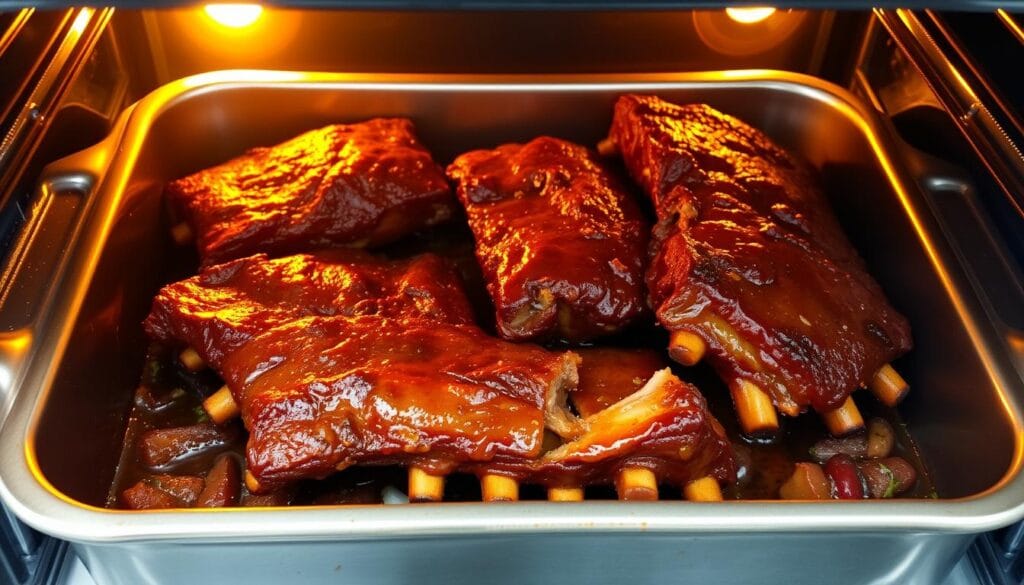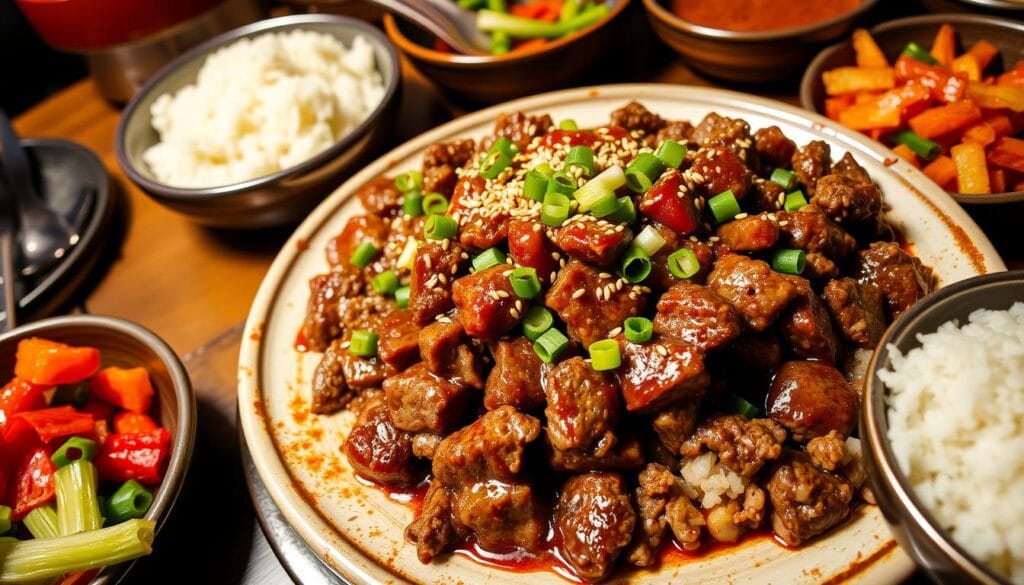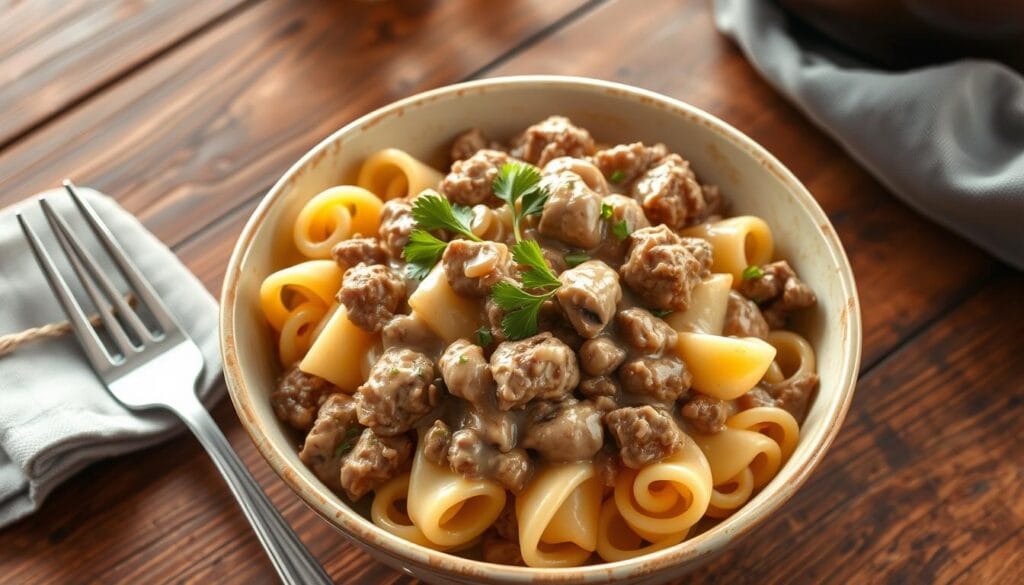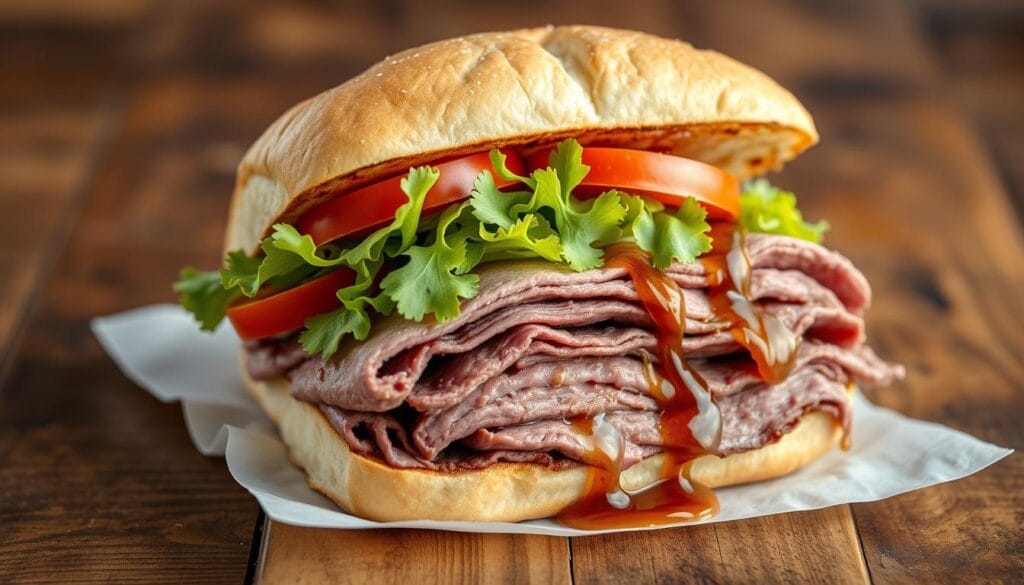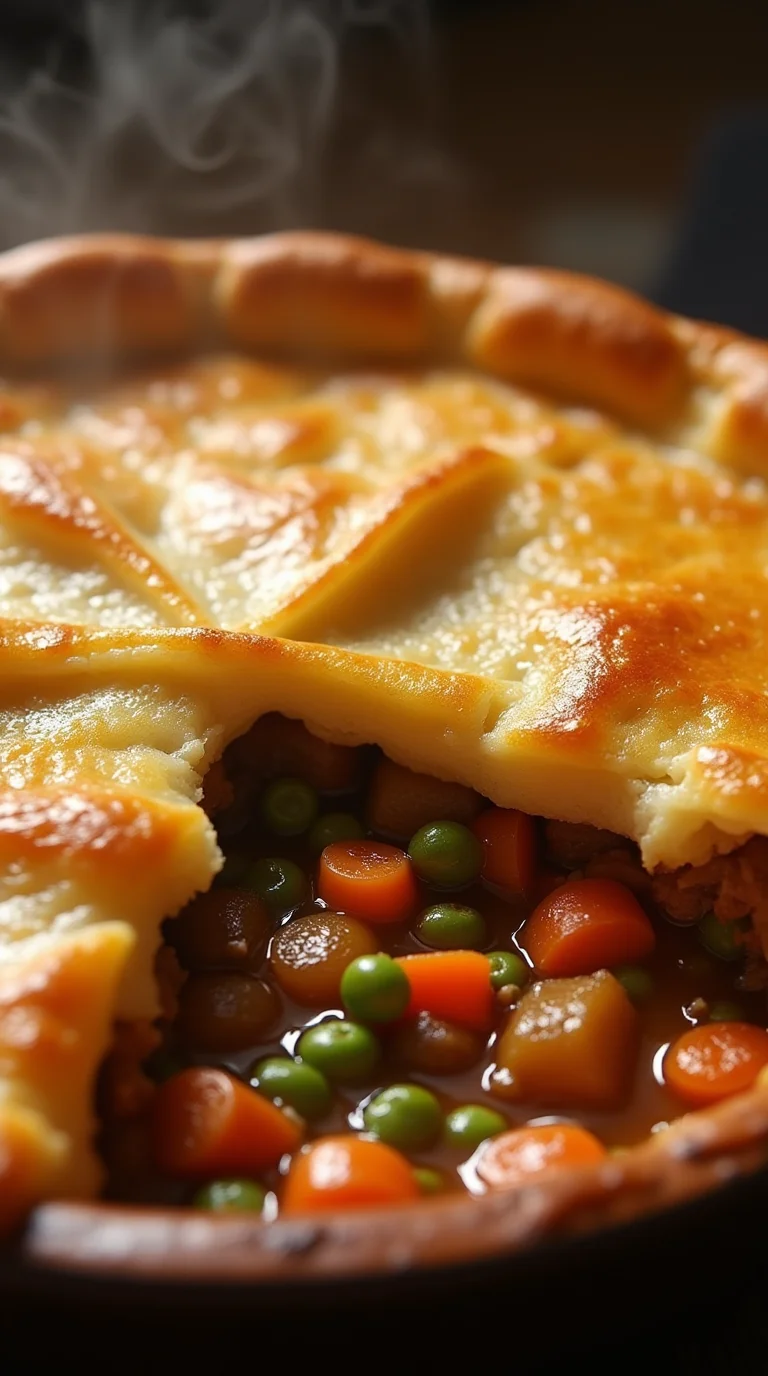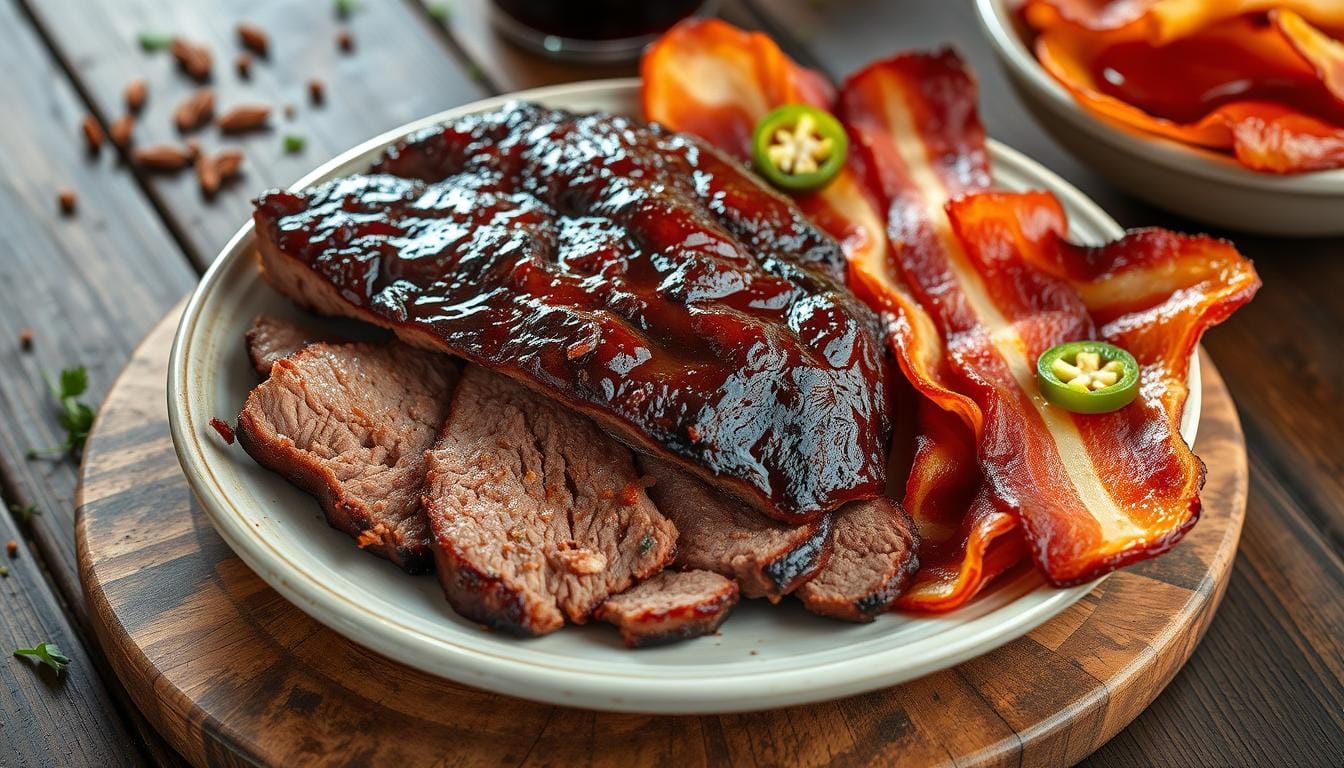Remember those nights, curled up on the couch, the aroma of a freshly delivered Chinese food container filling the air? For many of us, that smell is pure nostalgia, a shortcut to a simpler time.
And nestled inside that white box, a culinary treasure awaited: the warm, savory, and endlessly satisfying Beef Lo Mein.
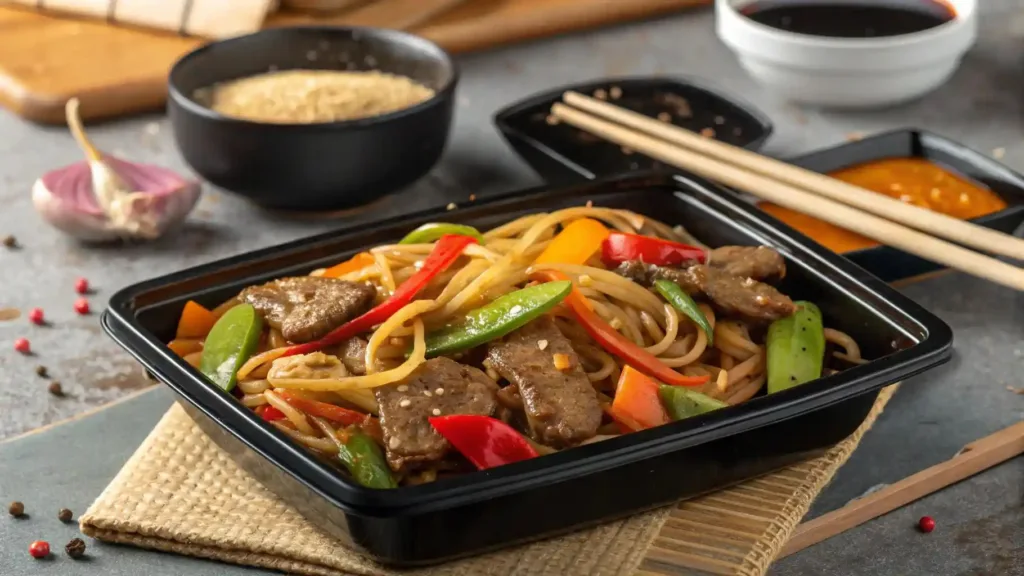
It’s more than just a meal; it’s a memory, a feeling of comfort and contentment that a single forkful can instantly bring back.
This article is a tribute to that feeling. We’re going to dive deep into the world of homemade Beef Lo Mein, exploring not just how to make it, but why it holds such a special place in our hearts and on our tables. Get ready to recreate those cherished moments, one delicious noodle at a time.
What Exactly is Beef Lo Mein? A Culinary Breakdown
When you hear “lo mein,” what comes to mind? For many, it’s those long, supple noodles, slicked with a dark, savory sauce, and interwoven with tender strips of beef and crisp-tender vegetables.
But what precisely is this iconic dish, and what sets it apart from its noodle-based cousins? Understanding the fundamentals is your first step toward mastering this culinary classic at home.
At its core, Beef Lo Mein is a stir-fried noodle dish of Chinese origin, though the version you’re likely familiar with is a staple of American Chinese cuisine.
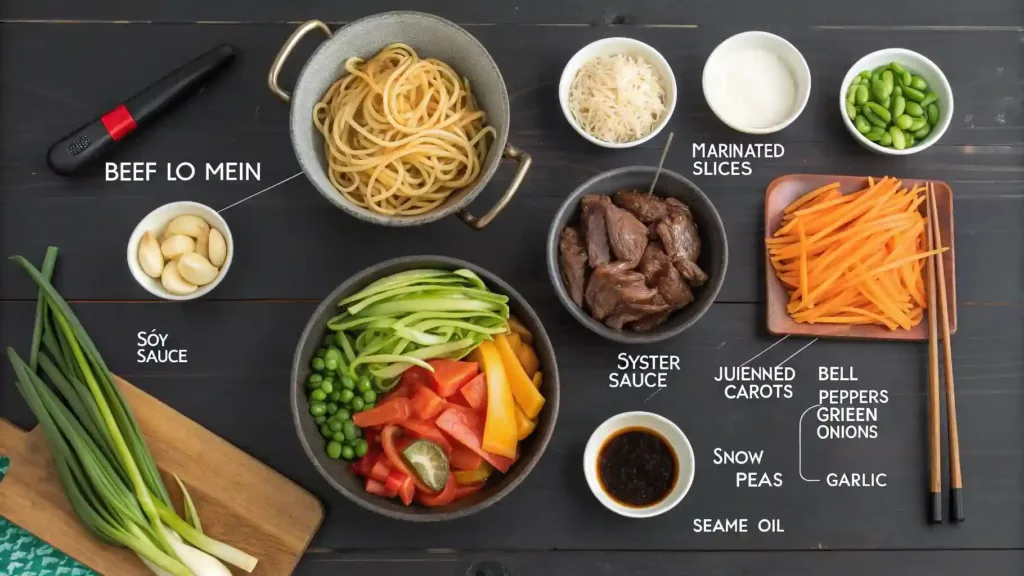
The name itself offers a clue to its nature: “lo mein” translates to “tossed noodles.” This is the crucial distinction that sets it apart from other dishes, particularly chow mein.
In a lo mein preparation, the noodles are cooked separately until they are just past al dente, then added to the wok and gently tossed with the other ingredients and a pre-made sauce.
This method ensures the noodles remain soft, pliable, and perfectly coated in that rich, flavorful dressing, rather than becoming crispy or fried.
Your Beef Lo Mein will hinge on three essential components: the noodles, the protein, and the sauce. The noodles are typically made from wheat flour and eggs, giving them a delightful chewiness. While you can find specific “lo mein noodles” in most Asian markets, fresh or dried egg noodles work wonderfully.
The Secret to Perfect Beef Lo Mein: Key Ingredients & Prepping
The journey to a perfect bowl of Beef Lo Mein begins long before you turn on the stove. It starts with selecting the right ingredients and preparing them with care. This meticulous groundwork is the secret behind those restaurant-quality flavors and textures you crave.
The Beef: Choosing the Right Cut
The beef is the star of this dish, so choosing the correct cut and preparing it properly is paramount. You want meat that will remain tender and juicy even after a quick, high-heat stir-fry.
- Recommended Cuts: Your best bets are cuts that are naturally tender and relatively lean.
- Flank steak is a fantastic choice. It’s full of flavor and, when sliced correctly, maintains a wonderful texture.
- Sirloin is another great option, offering a good balance of tenderness and cost-effectiveness.
- For a truly luxurious experience, tenderloin will give you an incredibly soft and buttery texture.
- Preparation is Key: No matter the cut, the most important step is slicing. You must slice the beef against the grain. This shortens the muscle fibers, resulting in a much more tender bite. Aim for thin, uniform strips, no more than a quarter-inch thick.
- The Marinade Magic: To guarantee tenderness and infuse the beef with flavor from the inside out, a simple marinade is non-negotiable. A basic marinade might include a tablespoon of soy sauce, a teaspoon of cornstarch, and a dash of sesame oil. The cornstarch is a game-changer—it acts as a protective coating, sealing in moisture and creating a velvety texture often referred to as “velveting.”
The Noodles: Getting Them Just Right
The noodles are the heart of your Beef Lo Mein. Their texture is what defines the dish, so you need to handle them with precision.
- Type of Noodle: Look for fresh or dried egg noodles. Fresh noodles will give you a superior, chewier texture. If using dried, ensure you choose a variety with the right thickness—not too thin like angel hair, but not too thick like fettuccine.
- Cooking Instructions: Cook your noodles in a large pot of generously salted boiling water. The key is to cook them until they are just tender, but still have a slight firmness—what’s known as al dente. They will finish cooking in the wok, so pulling them a minute or two before the package instructions suggest is a good idea.
- Preventing Sticking: Once cooked, drain the noodles and immediately rinse them with cold water. This stops the cooking process and, more importantly, washes away excess starch that can make them clump together. A light toss with a bit of oil will also help keep them separate and ready for their moment in the wok.
The Vegetables: A Symphony of Color and Crunch
The vegetables in your Beef Lo Mein provide essential color, texture, and nutrients. A good mix offers a contrast to the tender beef and soft noodles.
- Classic Veggies: A traditional array includes shredded carrots, snow peas, sliced bell peppers (red and green for color), bok choy, and mushrooms. Feel free to customize based on your preferences. Broccoli florets and sliced cabbage are also excellent additions.
- Prepping: Just as with the beef, uniform cutting is crucial. This ensures every piece cooks evenly and you don’t end up with some crunchy carrots and mushy peppers.
- Cooking Order: You’ll want to add the vegetables to the wok in a specific order. Start with the harder, denser vegetables like carrots and broccoli. After a minute or two, add the softer, quicker-cooking ones like bell peppers, snow peas, and mushrooms. This staggered approach ensures every vegetable is perfectly cooked.
The All-Important Lo Mein Sauce: A Flavor Profile Deep Dive
The sauce is what transforms the various ingredients into a cohesive, irresistible dish. It’s the glossy, flavorful coating that defines your Beef Lo Mein. Crafting it is an art, but it’s one you can easily master.
Crafting the Signature Beef Lo Mein Sauce
Your homemade sauce should strike a perfect balance between savory, sweet, and umami. Here’s a breakdown of the core ingredients and what they contribute:
- Soy Sauce (Light and Dark): You’ll want a mix. Light soy sauce provides saltiness and a fundamental umami base. Dark soy sauce, while saltier, is primarily used for its rich, deep color and a slightly more robust flavor. Don’t skip it if you want that authentic-looking dish.
- Oyster Sauce: This is a non-negotiable for that classic American Chinese restaurant flavor. It provides a thick, rich, and intensely savory-sweet dimension.
- Sesame Oil: A small amount of toasted sesame oil, added at the end of the sauce-making process, imparts that distinct, nutty aroma that is synonymous with good stir-fry.
- Shaoxing Wine: This Chinese cooking wine is the secret weapon for an authentic flavor profile. It adds a nuanced complexity and depth. If you can’t find it, a dry sherry can be a decent substitute.
- Cornstarch: This is your thickening agent. A little cornstarch whisked into the sauce mixture prevents it from being watery and ensures it coats the noodles and other ingredients beautifully.
- Sweetener: A touch of sugar, honey, or a drop of hoisin sauce balances the saltiness of the soy and oyster sauce, creating a well-rounded flavor.
To make the sauce, simply whisk all the ingredients together in a small bowl until the cornstarch is completely dissolved. This can be done while your other ingredients are prepping, so the sauce is ready to go when you need it.
Step-by-Step: How to Cook Beef Lo Mein at Home
With your ingredients prepped and your sauce mixed, you’re ready to cook. This process moves quickly, so having everything within arm’s reach is essential. This is the moment your hard work pays off, resulting in a sensational homemade Beef Lo Mein.
- Prep Everything: This is your last chance for mise en place. Make sure your beef is marinated, vegetables are sliced, noodles are cooked and rinsed, and your sauce is waiting. You’ll also want to have some oil and minced garlic and ginger ready.
- Cook the Beef: Heat a wok or a large, heavy skillet over high heat. Add a tablespoon of neutral oil. Once shimmering, add your marinated beef in a single layer. Cook for just 1-2 minutes per side until browned, then remove it from the wok and set it aside. It won’t be cooked all the way through, and that’s okay—it will finish cooking at the end.
- Sauté the Vegetables: Using the same wok, add another splash of oil if needed. Add your garlic and ginger and stir-fry for 30 seconds until fragrant. Then, add your harder vegetables (carrots, broccoli) and stir-fry for 2-3 minutes. Next, add the softer vegetables (bell peppers, snow peas) and cook for another minute until they are crisp-tender.
- Combine and Toss: Turn the heat down to medium. Add your cooked noodles and the beef back into the wok with the vegetables. Pour the prepared sauce over everything.
- Final Toss: Using tongs, toss everything together vigorously. The goal is to ensure the sauce thoroughly coats every single noodle and piece of beef and vegetable. Continue tossing for about 1-2 minutes until the sauce has thickened and the beef is cooked through. You’ll see a beautiful, glossy finish on everything in the pan. Garnish with a sprinkle of chopped scallions and you’re ready to serve your masterpiece.
Frequently Asked Questions About Beef Lo Mein
Here are answers to some of the most common questions people have when making this wonderful dish.
Is Beef Lo Mein Healthy?
The healthfulness of your Beef Lo Mein depends almost entirely on how you make it. Restaurant versions can be quite high in sodium and oil.
When you make it at home, you have complete control. You can use less oil, reduce the amount of soy and oyster sauce, and load it up with extra vegetables.
You can also use leaner cuts of beef. So yes, a homemade version can absolutely be a balanced and healthy meal.
Can I use different noodles for Beef Lo Mein?
While traditional egg noodles are best for that classic chewy texture, you can certainly experiment. Ramen noodles or even spaghetti can work in a pinch. Just be aware that the final texture will be different. Spaghetti will be less chewy, and ramen noodles can become a bit softer. For the best result, stick to egg noodles if you can.
How do I prevent my Beef Lo Mein from being greasy?
A common pitfall is a greasy end product. The solution is twofold: use a hot wok and don’t overcrowd the pan. Cooking in smaller batches, especially with the beef, prevents the temperature from dropping, which would cause the meat to steam instead of sear. Also, be judicious with your oil. A tablespoon or two is often plenty for the whole dish.
What can I serve with Beef Lo Mein?
This dish is a complete meal in itself, but it pairs wonderfully with other classic appetizers. Consider serving it alongside homemade egg rolls, crispy spring rolls, or a simple, fresh cucumber salad to cut through the richness. It also pairs well with a light soup like hot and sour soup or egg drop soup.
Can I make this Beef Lo Mein recipe ahead of time?
You can certainly prepare the components in advance. The beef can be marinated and the vegetables can be chopped the day before. The sauce can be mixed and stored in the fridge. The noodles are best cooked fresh just before you assemble the dish, but leftovers of the finished meal reheat well in a microwave or a hot pan with a splash of water.
Conclusion: Savoring the Moment
You’ve navigated the intricacies of ingredients, mastered the art of preparation, and executed the cooking process with precision. Now, it’s time to sit down and enjoy the fruits of your labor. As you take that first bite of your homemade Beef Lo Mein, you’ll not only taste the rich, savory flavors but also a sense of pride and accomplishment. You’ve brought a piece of that nostalgic comfort right into your own kitchen.
Don’t let this be a one-time affair. Use this guide as your foundation and feel free to experiment. Add different vegetables, try different cuts of meat, or tweak the sauce to make it your own. The beauty of cooking is in the personalization.
Now, we want to hear from you! What are your favorite vegetables to add to Beef Lo Mein? Did you use a specific cut of meat that worked wonders? Share your experiences and a photo of your delicious creation in the comments below. Let’s build a community of home chefs who appreciate the simple joy of a truly great bowl of noodles. Happy cooking!
